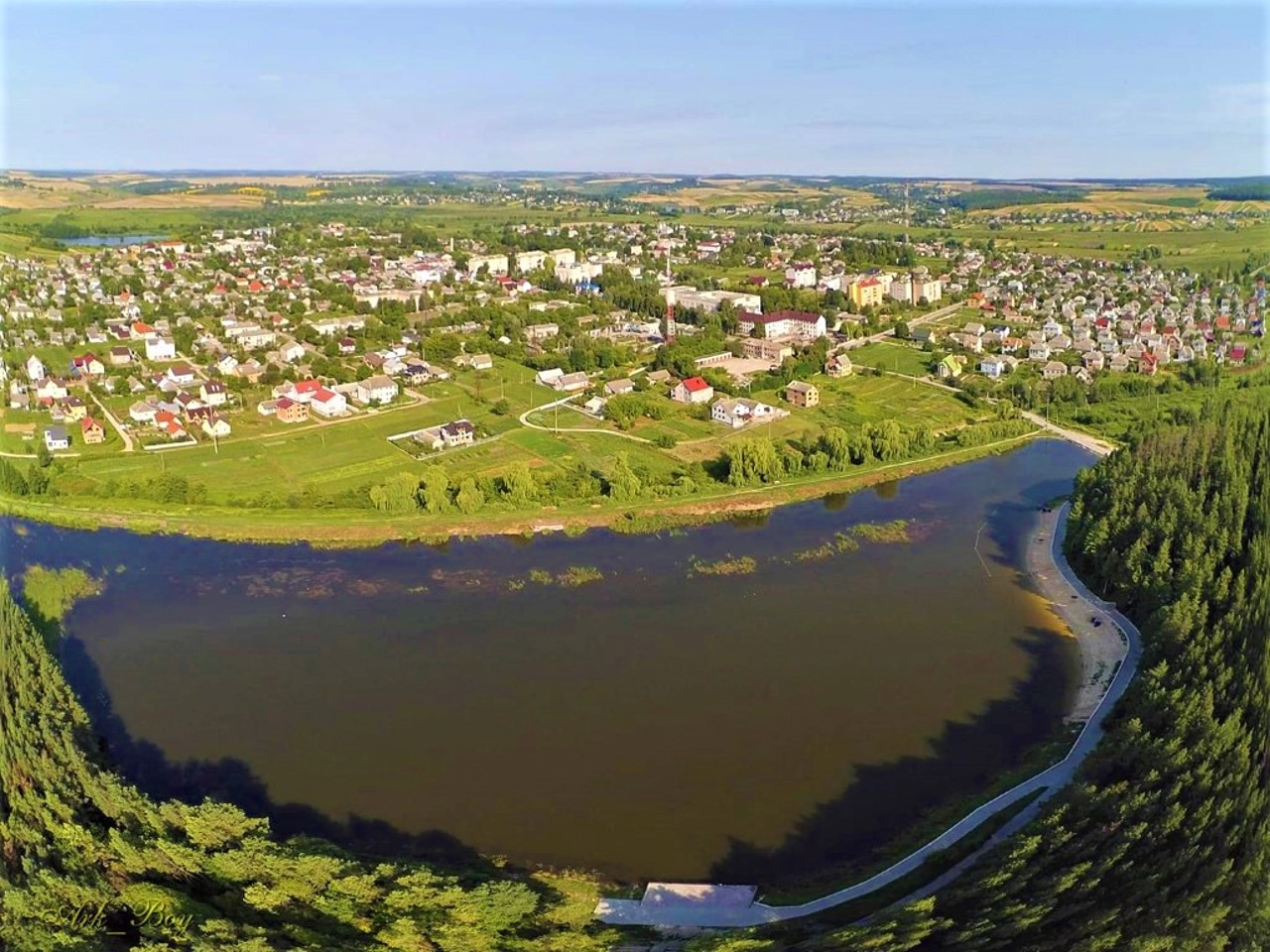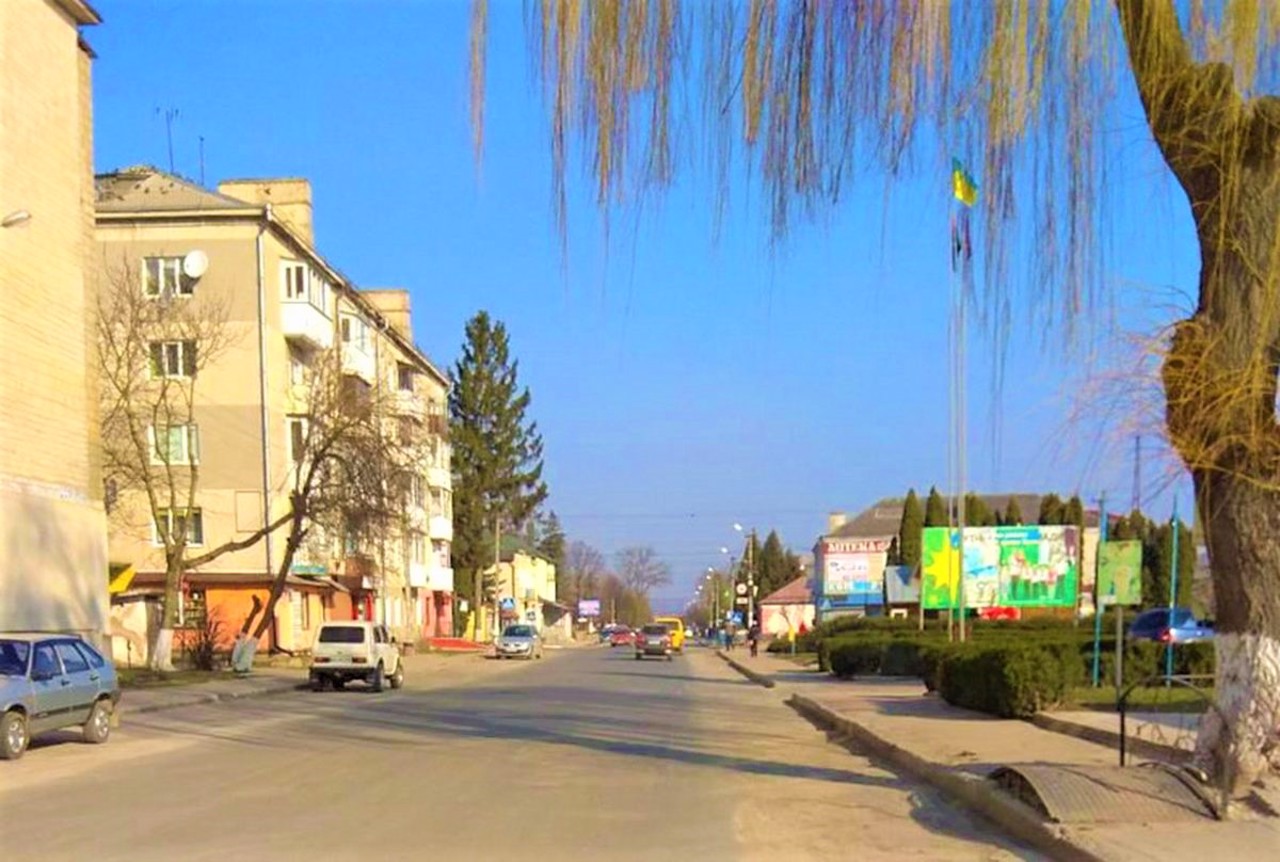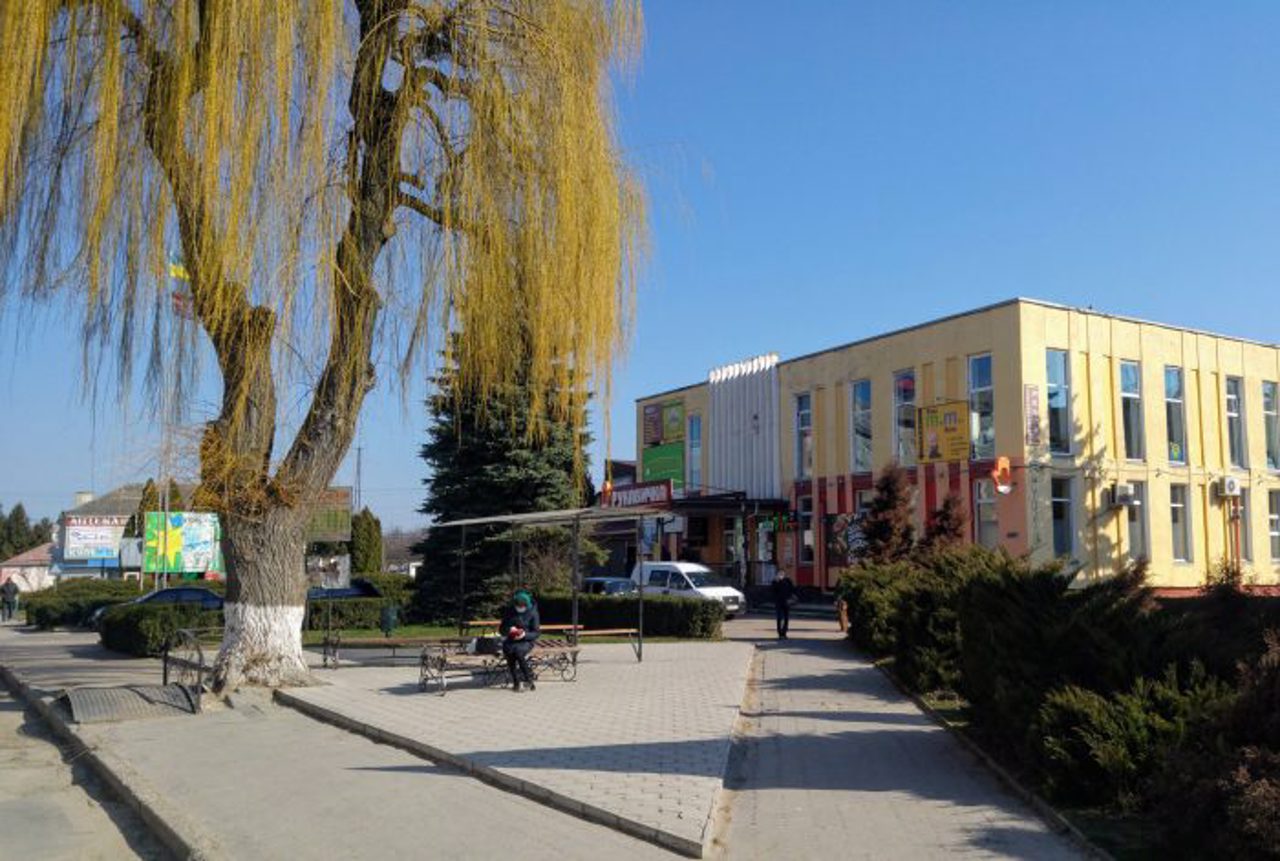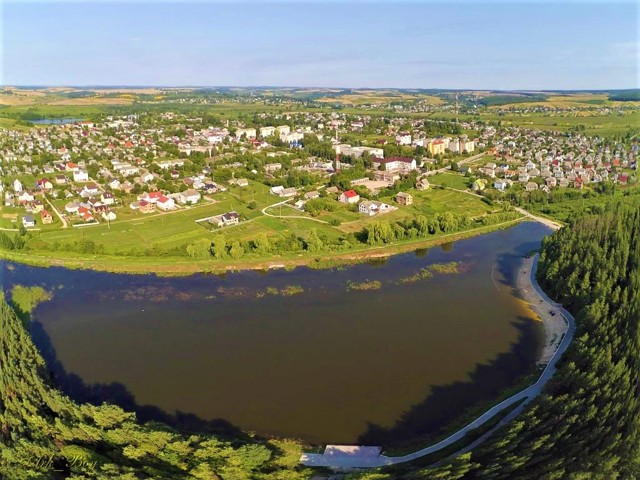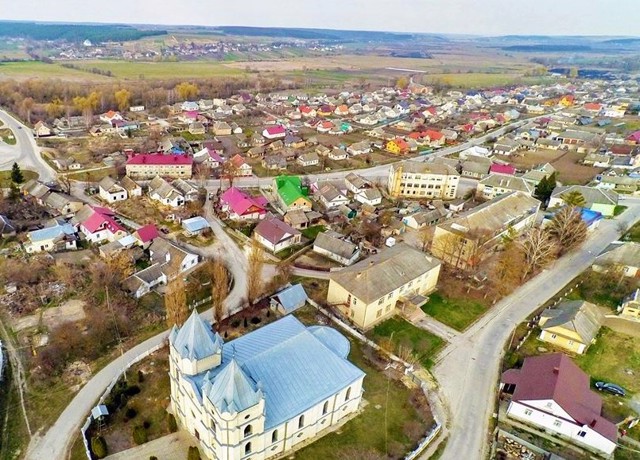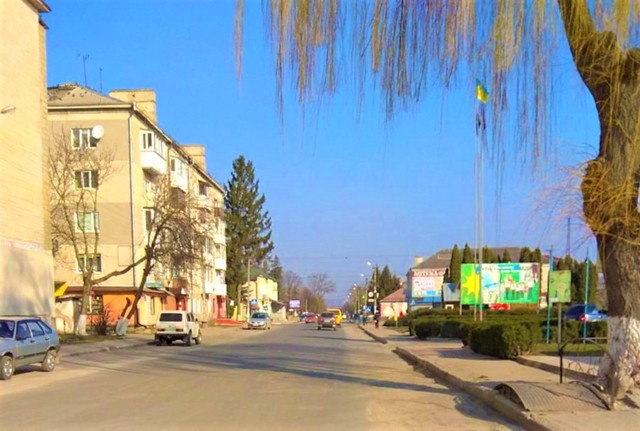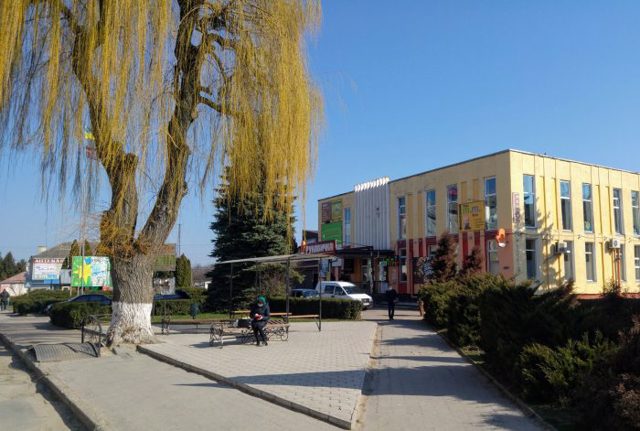Functional temporarily unavailable
General information about Shumsk
The city of Shumsk is located on the banks of the Viliya River, on the territory of historical Great Volyn.
Since the 12th century, Shumsk has been known as a fortified city of the Volyn Principality. In 1231, Danylo Halytsky defeated the Hungarian prince Andriy here. The moats and ramparts of the prince's child, on whose place a stone cross was erected, remind us of the ancient Rus city in the Sosnina tract.
In the 16th century, the city became a part of Lithuania, and in 1513 the Grand Duke of Lithuania transferred it to the ownership of the elder of the Kremenets Castle, Mykhaylo Bohush. In the 17th century, Shumsk, part of Poland, was owned by the Volyn voivode of Malinskyi, who founded the Basilian monastery, which was later transferred to the Franciscans.
On ...
The city of Shumsk is located on the banks of the Viliya River, on the territory of historical Great Volyn.
Since the 12th century, Shumsk has been known as a fortified city of the Volyn Principality. In 1231, Danylo Halytsky defeated the Hungarian prince Andriy here. The moats and ramparts of the prince's child, on whose place a stone cross was erected, remind us of the ancient Rus city in the Sosnina tract.
In the 16th century, the city became a part of Lithuania, and in 1513 the Grand Duke of Lithuania transferred it to the ownership of the elder of the Kremenets Castle, Mykhaylo Bohush. In the 17th century, Shumsk, part of Poland, was owned by the Volyn voivode of Malinskyi, who founded the Basilian monastery, which was later transferred to the Franciscans.
On the site of medieval fortifications in the area of today's Independence Square, the Baroque-style Transfiguration Church, rebuilt in 1837 from the church of the Franciscan monastery (1715), and a three-level belfry over the gate have been preserved. The church (1830) and the Kukharenko mill (1905) have also been preserved.
Every year on the day of the Holy Trinity, the interregional cultural and local history festival "Bratyna" is held.
Місто Шумськ розташоване на березі річки Вілії, на території історичної Великої Волині.
З XII сторіччя Шумськ відомий як укріплене місто Волинського князівства. В 1231 році Данило Галицький розбив тут угорського королевича Андрія. Про давньоруське місто в урочищі Соснина нагадують рови і вали княжого дитинця, на місці якого встановлено кам'яний хрест.
В XVI столітті місто опинилося в складі Литви, а в 1513 році Великий князь Литовський передав його у власність старості Кременецького замку Михайлові Богушу. В XVII столітті Шумськ в складі Польщі опинився у власності Волинського воєводи Малинського, який заснував василіанський монастир, який перейшов потім францисканцям.
На місці середньовічних укріплень в районі нинішньої площі Незалежності збереглася Преображенська ...
Місто Шумськ розташоване на березі річки Вілії, на території історичної Великої Волині.
З XII сторіччя Шумськ відомий як укріплене місто Волинського князівства. В 1231 році Данило Галицький розбив тут угорського королевича Андрія. Про давньоруське місто в урочищі Соснина нагадують рови і вали княжого дитинця, на місці якого встановлено кам'яний хрест.
В XVI столітті місто опинилося в складі Литви, а в 1513 році Великий князь Литовський передав його у власність старості Кременецького замку Михайлові Богушу. В XVII столітті Шумськ в складі Польщі опинився у власності Волинського воєводи Малинського, який заснував василіанський монастир, який перейшов потім францисканцям.
На місці середньовічних укріплень в районі нинішньої площі Незалежності збереглася Преображенська церква в стилі бароко, перебудована в 1837 році з костелу францисканського монастиря (1715 рік), та трирівнева надбрамна дзвіниця. Також зберігся костел (1830 рік) та водяний Кухаренковий млин (1905 рік).
Щорічно на день Святої Трійці проходить міжобласний культурно-краєзнавчий фестиваль "Братина".
Сплануй своє перебування у Shumsk
What to see and where to go in Shumsk
Tourist attractions and museums of Shumsk
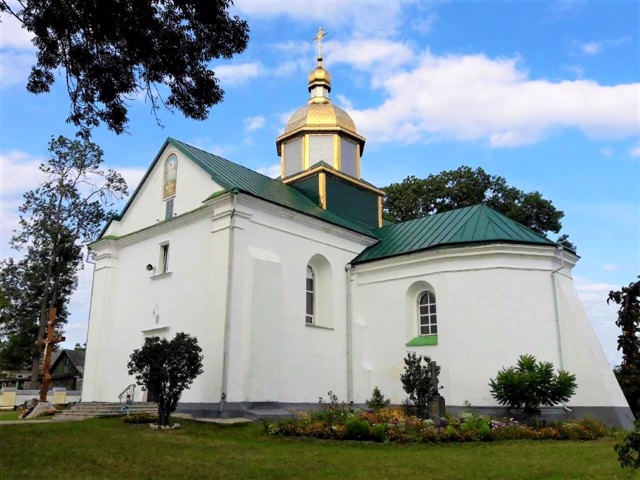
Savior and Transfiguration Church
Temple , Architecture
The Transfiguration Church in Shumsk was founded as a church of the Franciscan monastery in 1715.
The monastery in Shumsk itself was founded by the Volyn voivode Malynsky back in 1637, and was originally a Basilian (Uniate) monastery. In 1676, one of the voivode's descendants, who converted to Catholicism, handed over the monastery to the Franciscans.
The church was made in the Gothic-Renaissance style, the building had a defensive character. At the end of the 18th century, a three-tier bell tower was added. In 1837, the church was rebuilt in the Ukrainian Baroque style and became an Orthodox church.
Above the entrance, the coat of arms of the family of the founders of the Malynsky temple is still preserved.
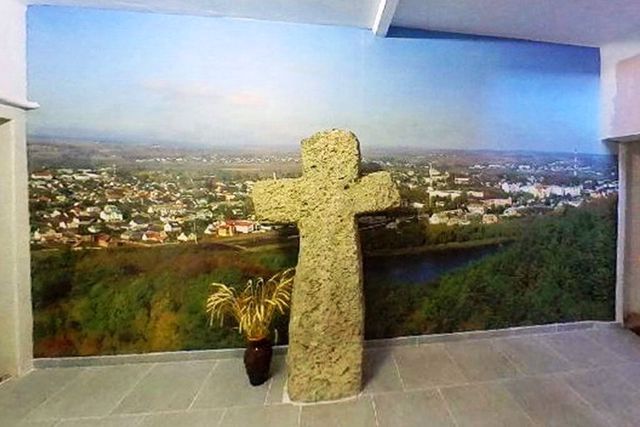
Shumsk Local Lore Museum
Museum / gallery
The Shumsk Museum of Local Lore was founded in 1985 on the initiative of a local history teacher, Ivan Babiy. It was originally housed in the former house of the baker Stefaniak, built in 1930, when the city was part of Poland. In 2022, the museum moved to the premises of the former lyceum.
On the first floor, guests are greeted by a stone cross, which is the hallmark of Shumsk. It stands on the background of a panoramic photo of the city center. Also on the first floor there is an ethnographic exhibition designed in the form of an old Ukrainian house with a light room and a pantry.
The nature department introduces visitors to the geographical and natural conditions of the region, its flora and fauna. The ancient history department presents materials about the founding of the city in princely times, the participation of residents in the Liberation War, and the creation of the Church of the Transfiguration. A significant part of the exposition of the new history department is devoted to the period of the Second World War and the national liberation struggle of the UPA against the Nazis and Soviet invaders: weapons, photographs, documents, models.
The exhibition "Fight for Independence" tells about the modern Russian-Ukrainian war. Artifacts from the front are presented here: flags of combat brigades, photos of defenders, military formations, casings from spent shells, military trophies. A memorial corner "Heavenly Guardians of our Land" has been decorated.
Shumsk on photo and video
Reviews Shumsk
Geographical information about Shumsk
| {{itemKey}} | {{itemValue}} |
|---|---|
| Region |
Ternopil |
